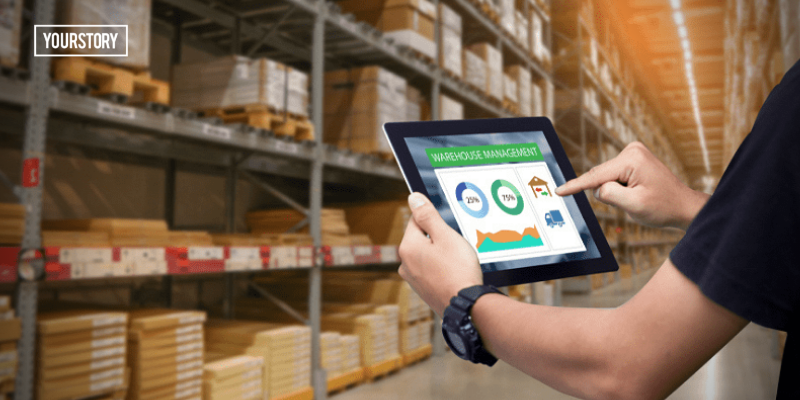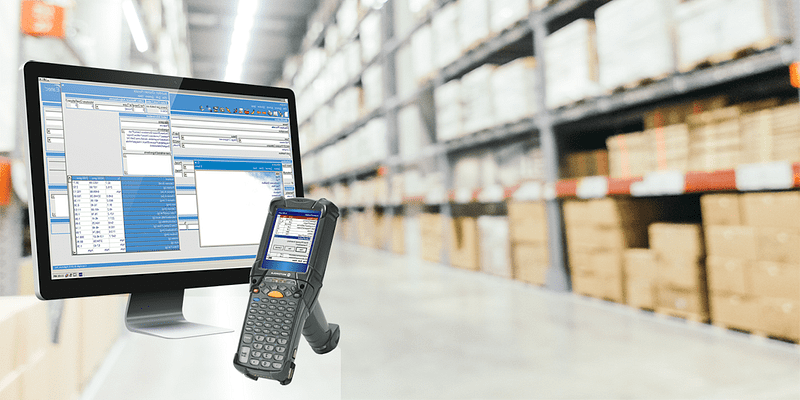
The world of warehousing is experiencing unprecedented upheaval, driven by two primary forces: the explosion of e-commerce and the rapid advancements in technology. Intra-logistics, the management of the flow of goods within a facility, is at the very heart of this transformation.
As consumer demands increase and technology presents new opportunities, warehouses are evolving from mere storage spaces into dynamic, integrated hubs of efficiency and innovation.
Here’s a closer look at how e-commerce and technology are reshaping intra-logistics.
Demand for speed and efficiency
The surge in online shopping has placed immense pressure on warehouses. Consumers today expect quick deliveries, sometimes even on the same day. This necessitates faster picking, packing, and shipping processes. Warehouses must now handle a higher volume of smaller orders instead of the traditional bulk shipments to brick-and-mortar stores.
Automation, robotics and AI
To meet the demands of e-commerce, many warehouses are turning to automation. Robotic systems such as Robo-arms and 3-dimensional automated storage and retrieval system can pick and pack goods at incredible speed, often outpacing human workers. These robotic systems can work around the clock, are less prone to errors, and can be reprogrammed to handle different tasks.
Moreover, with advancements in AI, these robots can make real-time decisions, adapt to changes, and even collaborate with human workers. Technology has enabled warehouses to collect vast amounts of data from various touchpoints. Advanced data analytics tools can process this data to identify patterns, predict demand, optimise inventory levels, and streamline operations. By being proactive rather than reactive, warehouses can reduce costs, improve efficiency, and enhance customer satisfaction.
<figure class="image embed" contenteditable="false" data-id="530943" data-url="https://images.yourstory.com/cs/2/a09f22505c6411ea9c48a10bad99c62f/Image44vx-1598286189549.jpg" data-alt="Warehouse Management Software" data-caption="
As consumer demands increase and technology presents new opportunities, warehouses are evolving from mere storage spaces into dynamic, integrated hubs of efficiency and innovation.
” align=”center”> As consumer demands increase and technology presents new opportunities, warehouses are evolving from mere storage spaces into dynamic, integrated hubs of efficiency and innovation.

Internet of things and augmented reality
Internet of things (IoT) is revolutionising warehouse management through real-time monitoring and control. The proliferation of IoT devices, including sensors and smart labels, has become pervasive in modern warehouses. These devices play a crucial role in providing instantaneous information regarding the location and condition of goods. The benefits extend beyond efficient space utilisation to ensuring the quality and integrity of sensitive products, such as perishables or pharmaceuticals.
In tandem with IoT, Augmented reality (AR) is emerging as a valuable tool for enhancing the capabilities of warehouse workers. Using AR glasses, workers can receive visual cues for tasks like picking and placing items, thereby reducing the likelihood of errors. Moreover, AR facilitates the delivery of real-time data, such as the optimal path to a product or the weight of a package, contributing to the overall optimisation of manual processes within the warehouse environment.
Embracing the future
The digital revolution in intra-logistics is not just about incorporating technology, it’s also about reimagining the entire way we approach warehouse operations. While challenges persist, such as the initial investment required for automation or the integration of new technologies, the benefits far outweigh the drawbacks. Warehouses that embrace this revolution will be better equipped to meet the demands of the modern consumer, ensuring their place in the future of commerce.
The author is the chief business officer at Falcon Autotech, an intra-logistics and warehouse automation solutions provider.
Edited by Swetha Kannan
(Disclaimer: The views and opinions expressed in this article are those of the author and do not necessarily reflect the views of YourStory.)










